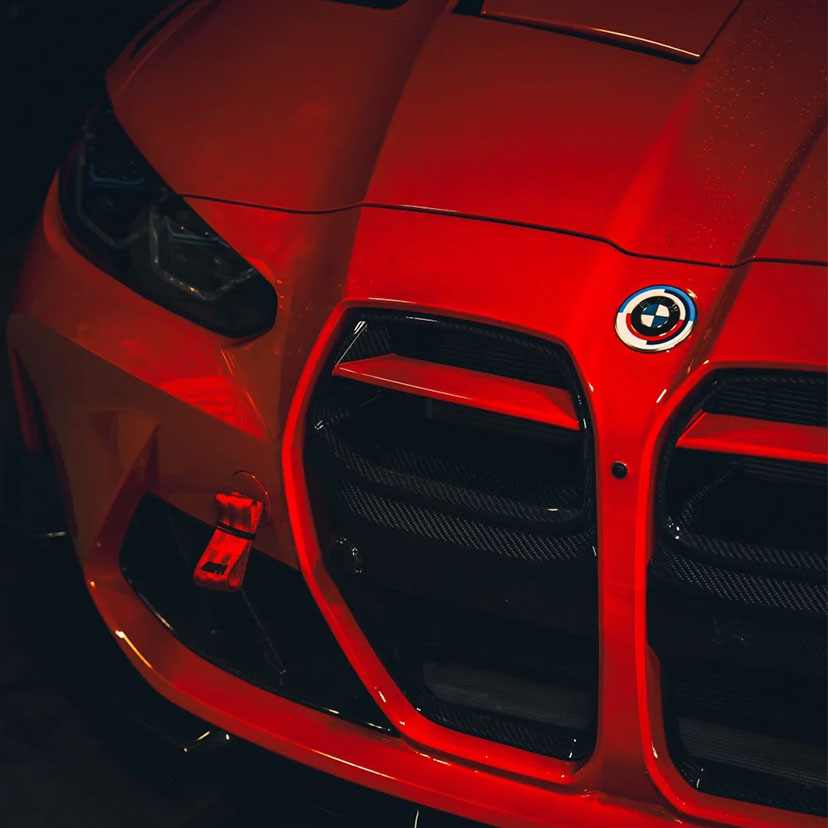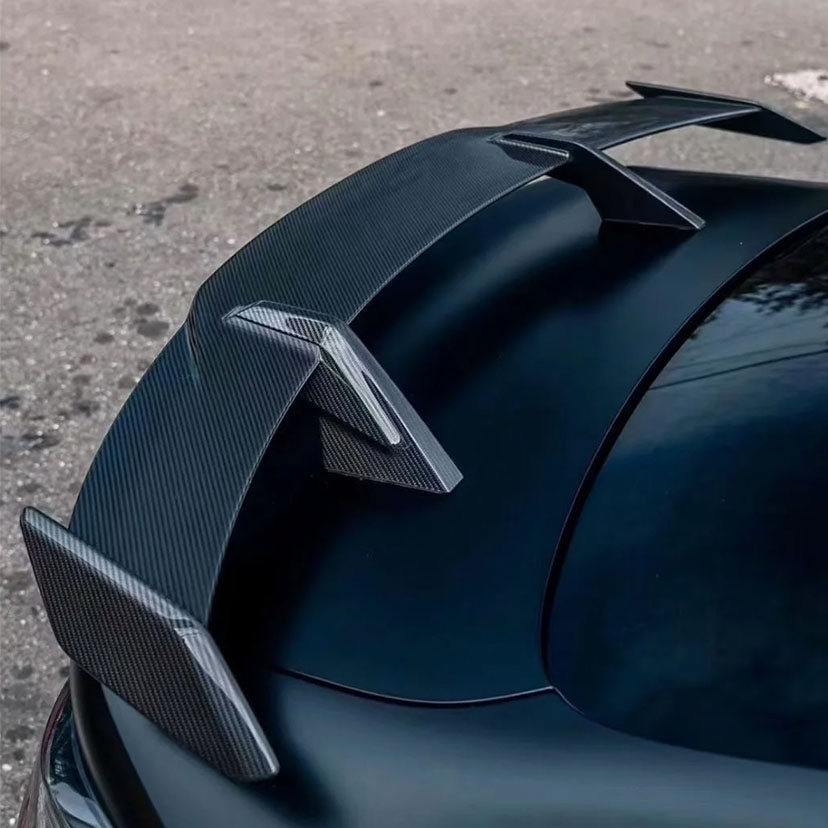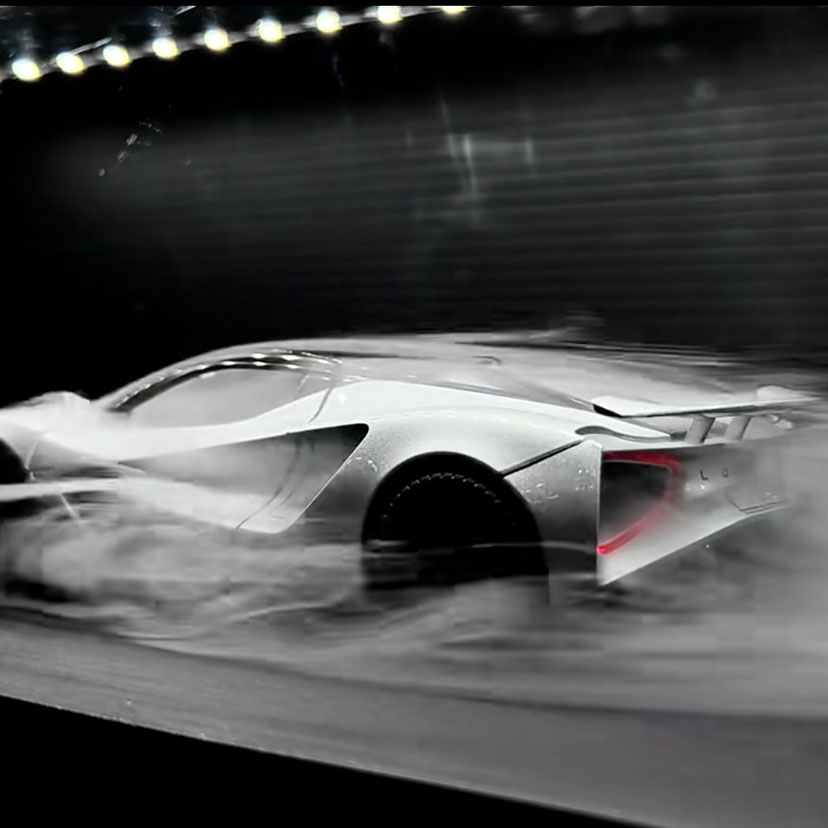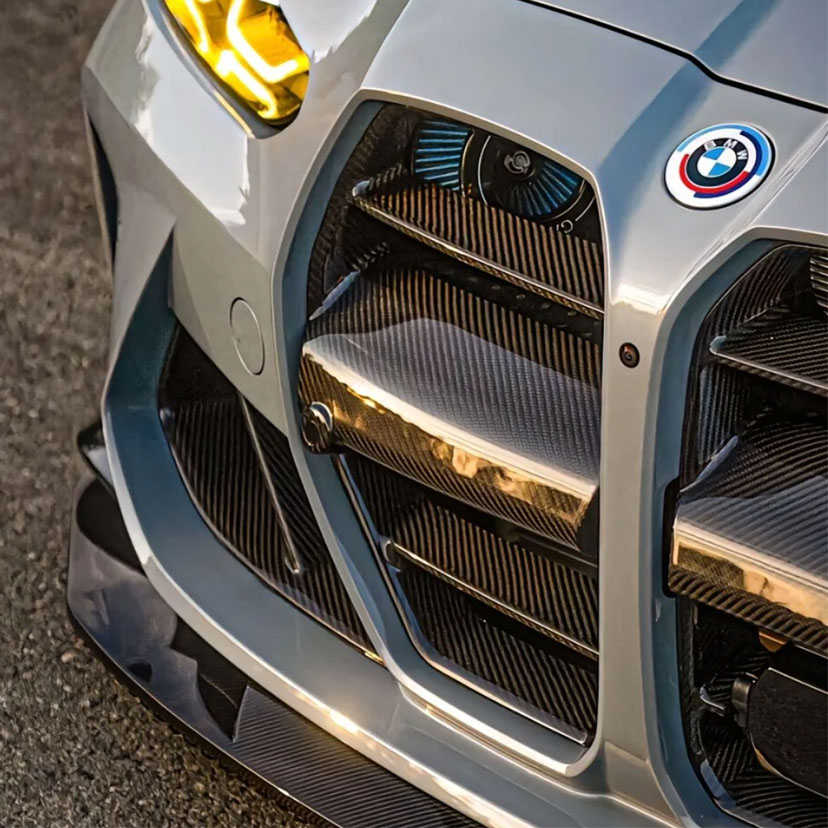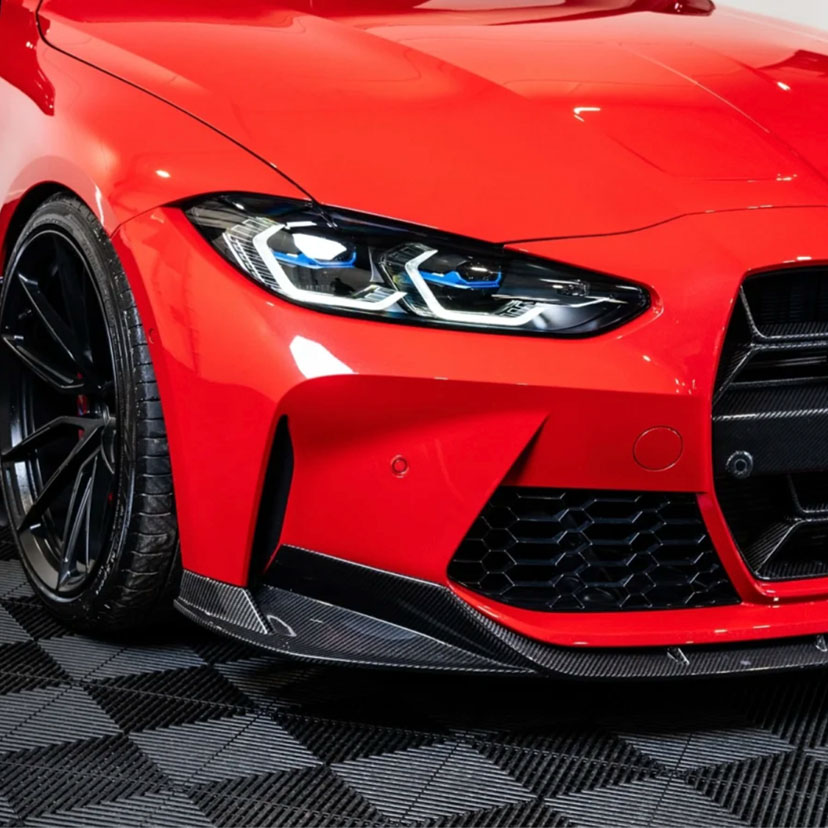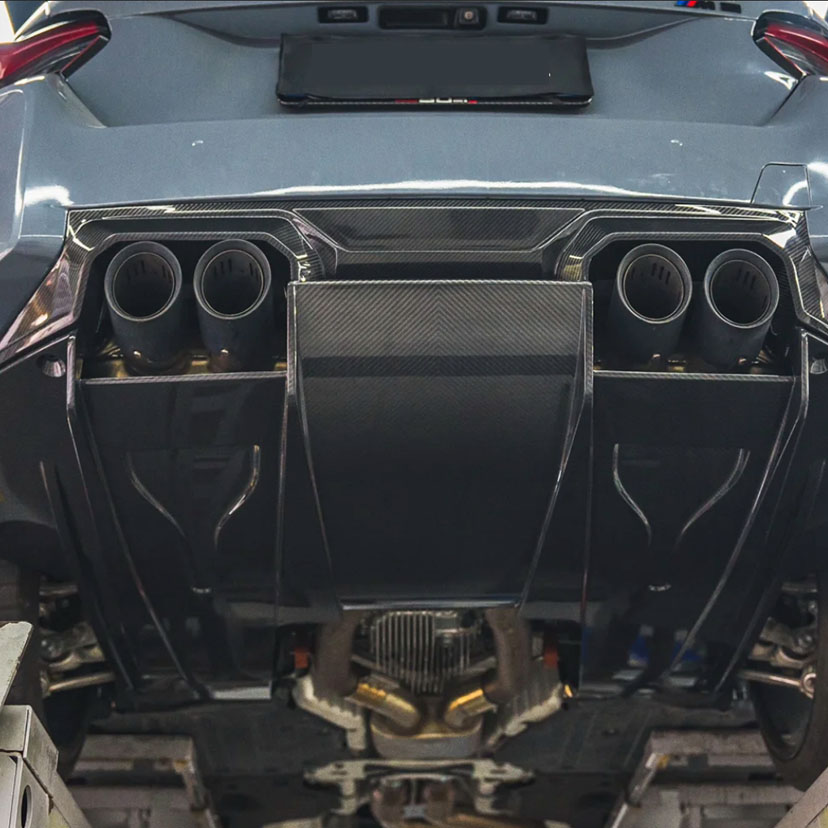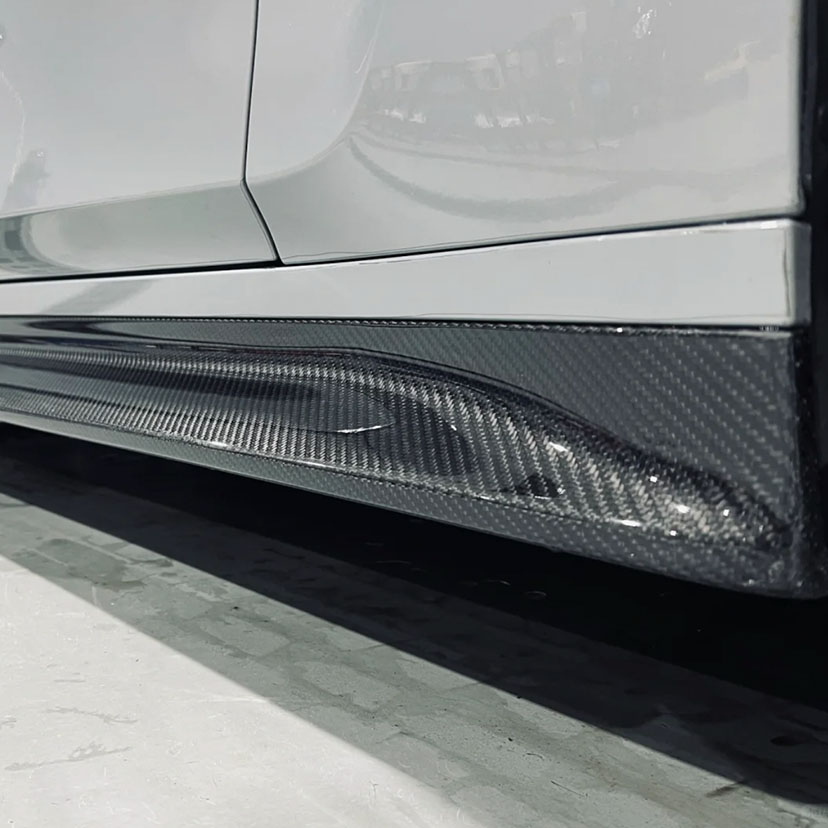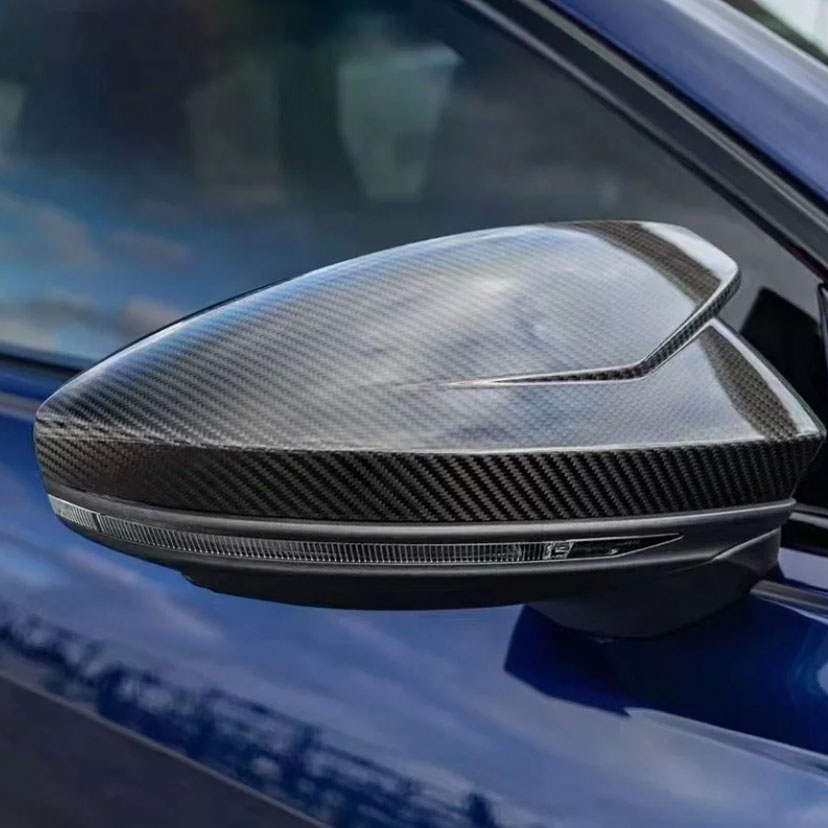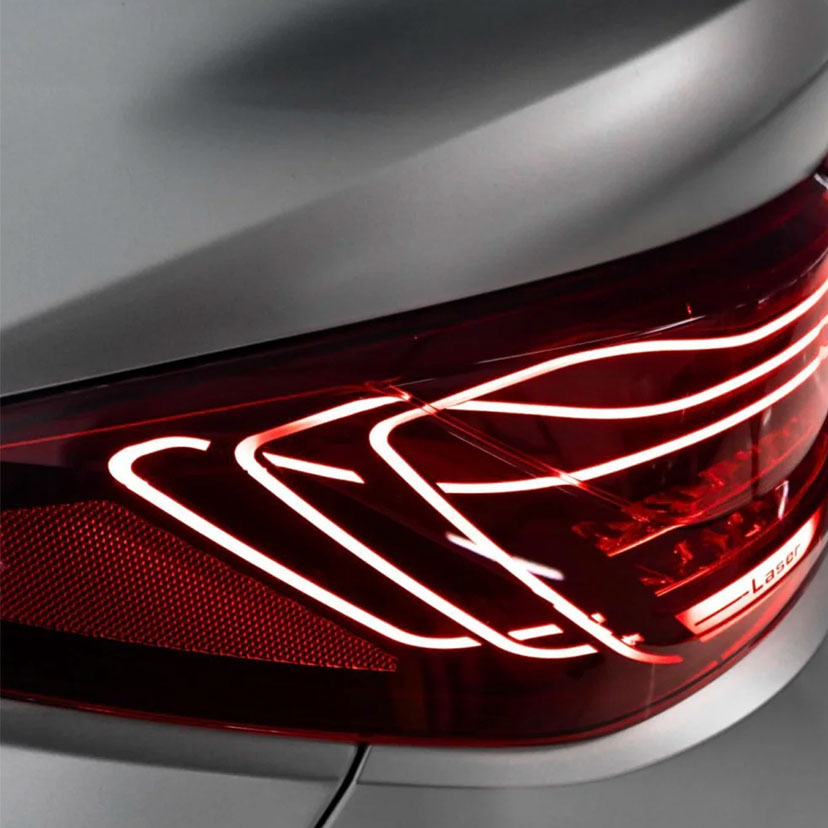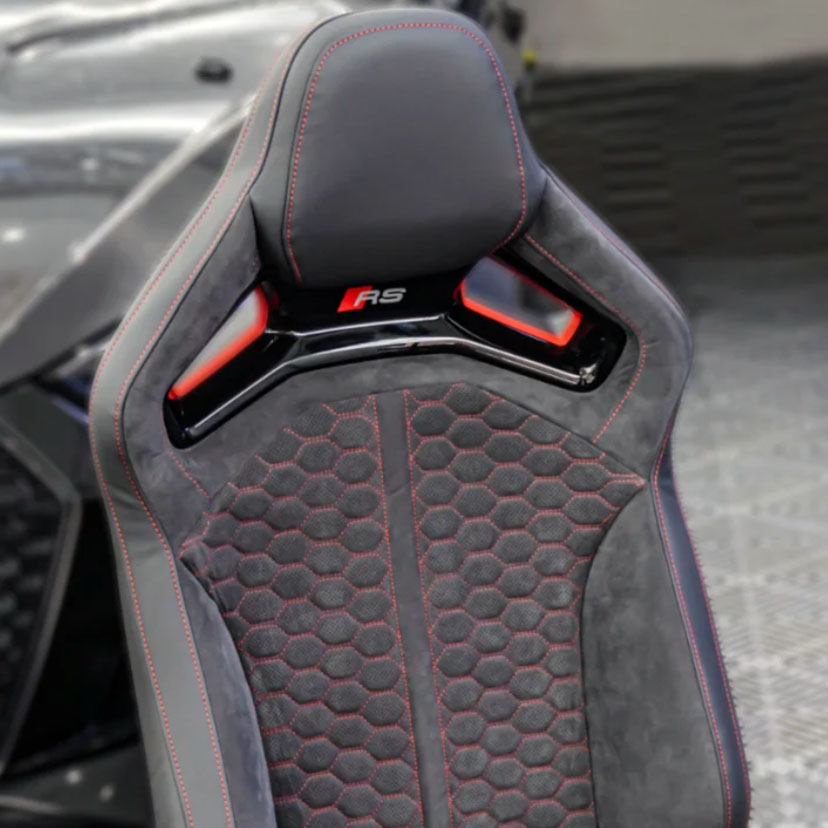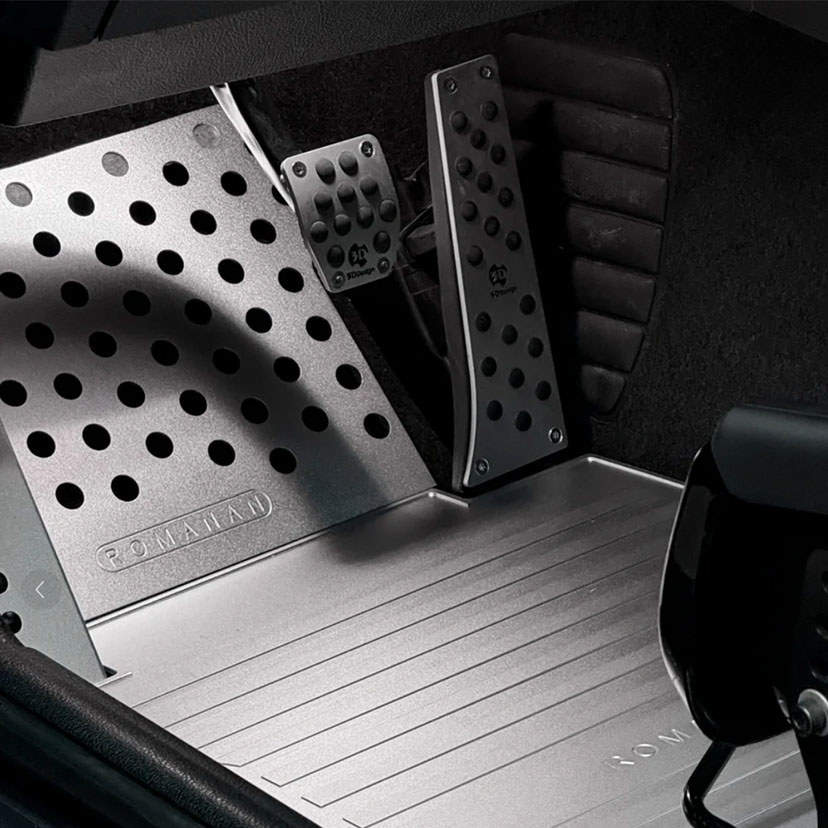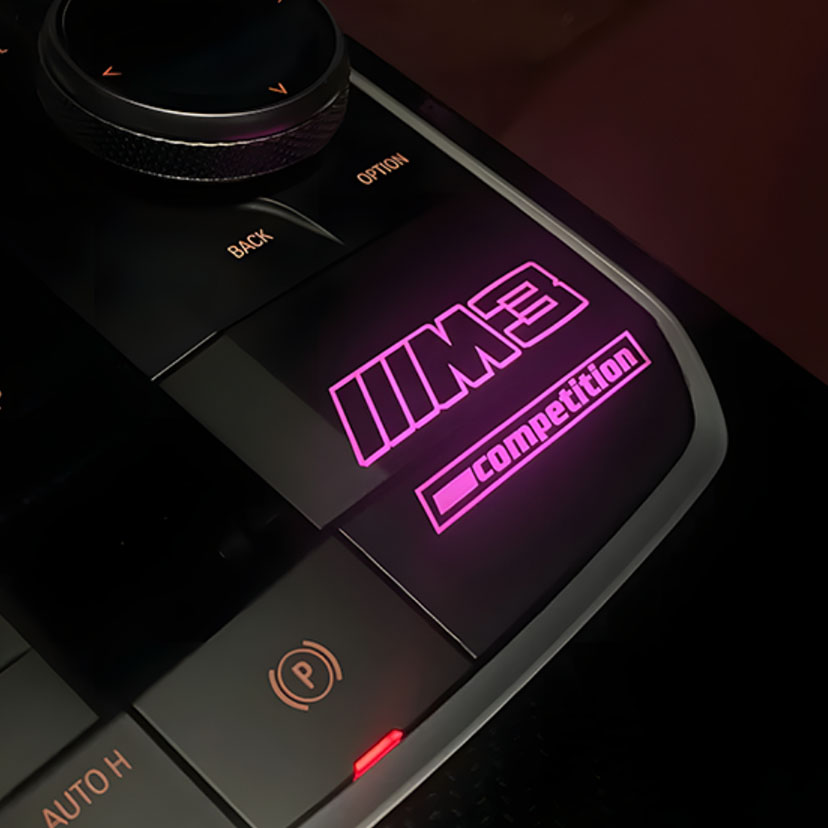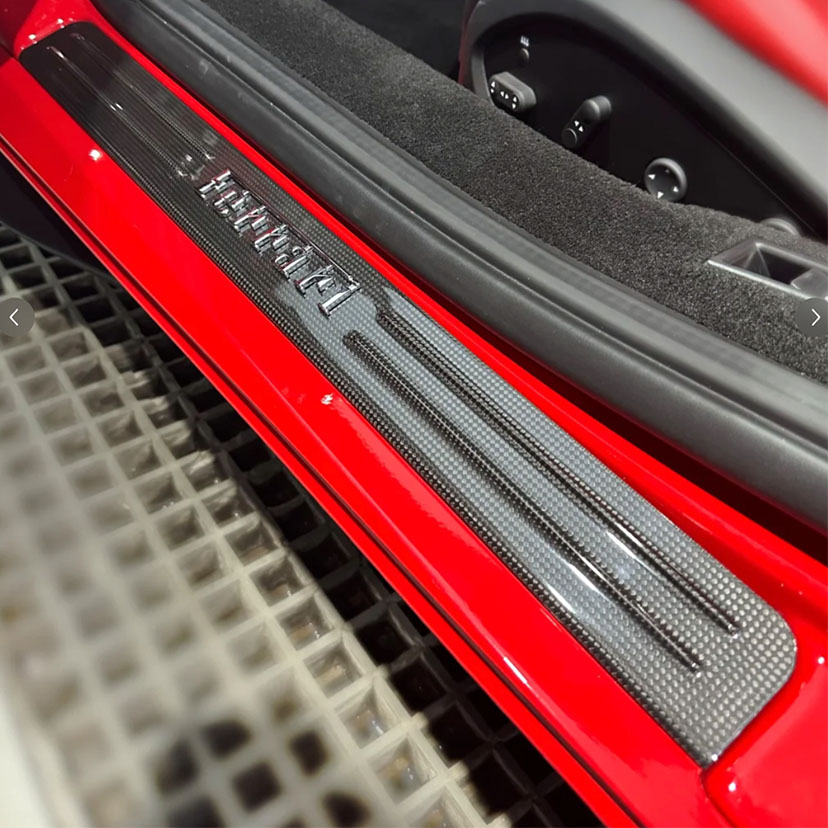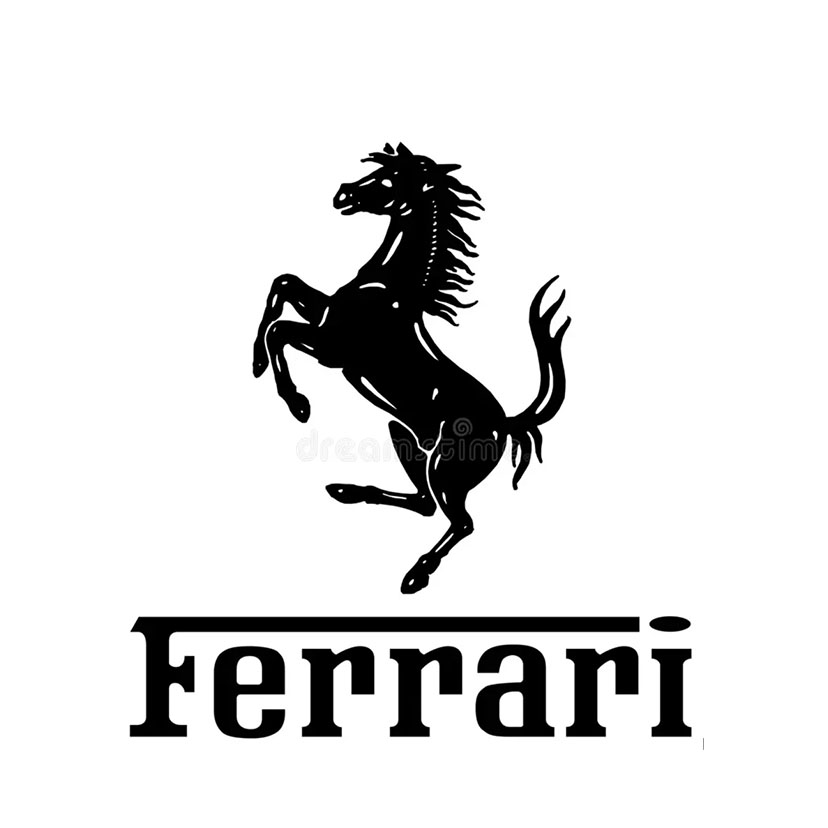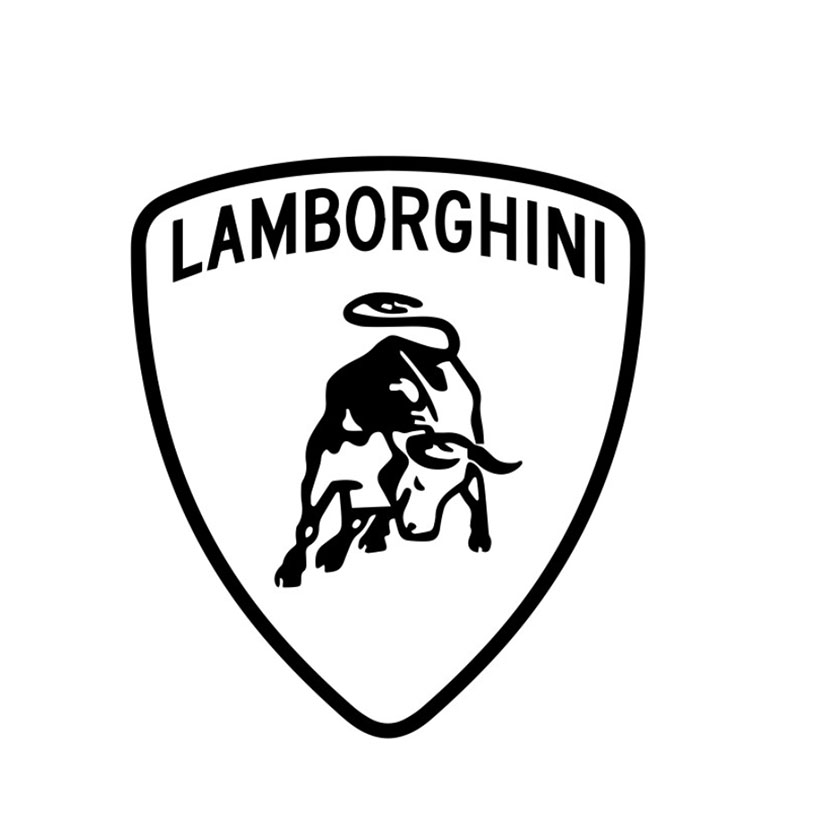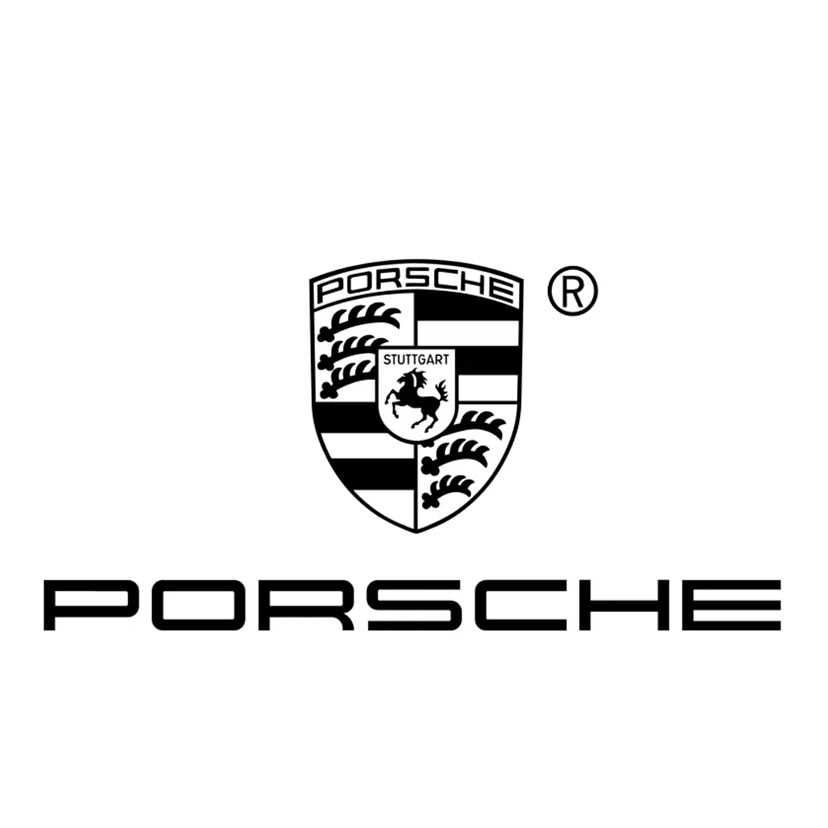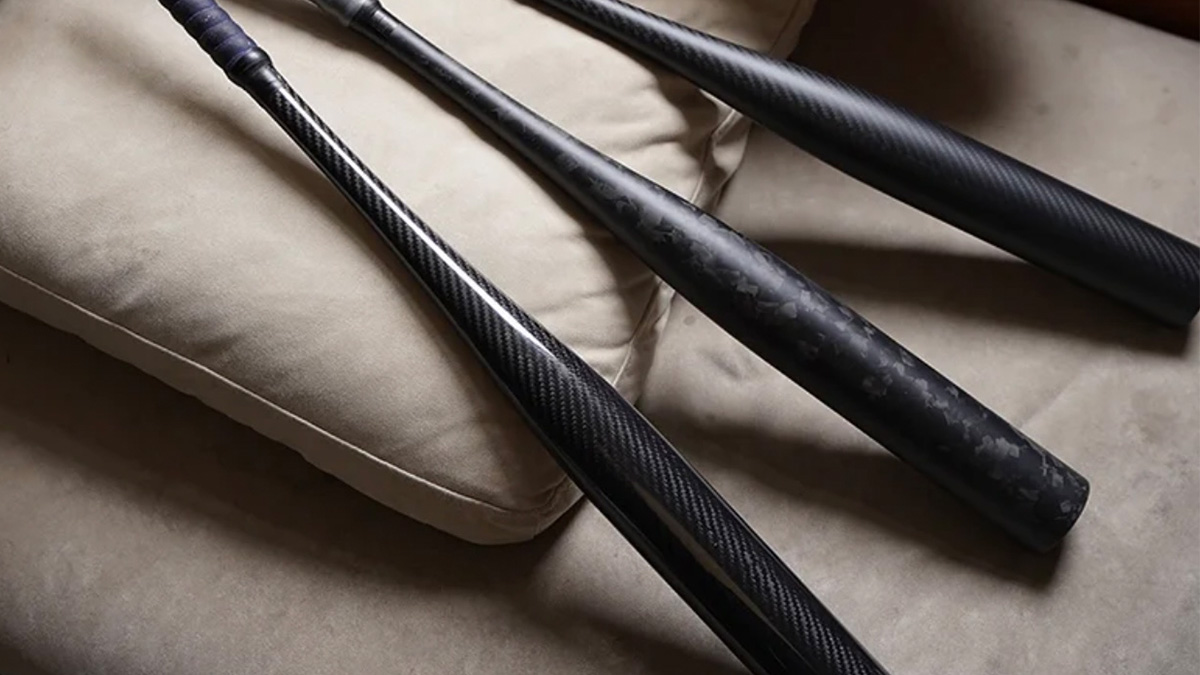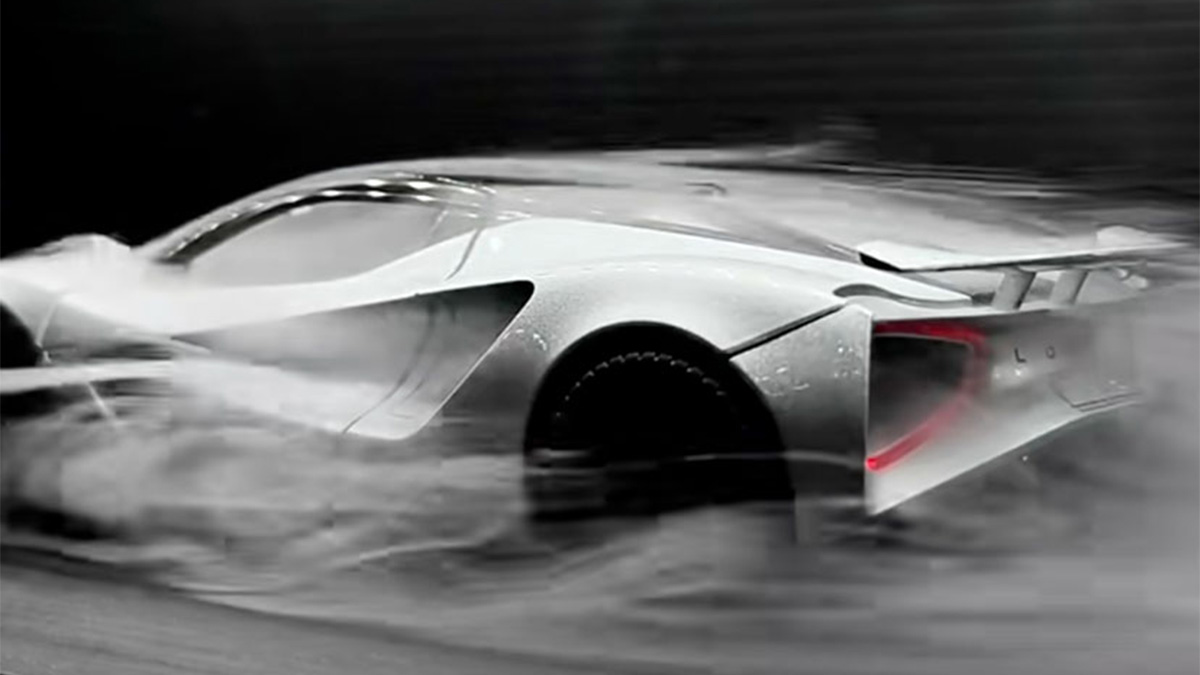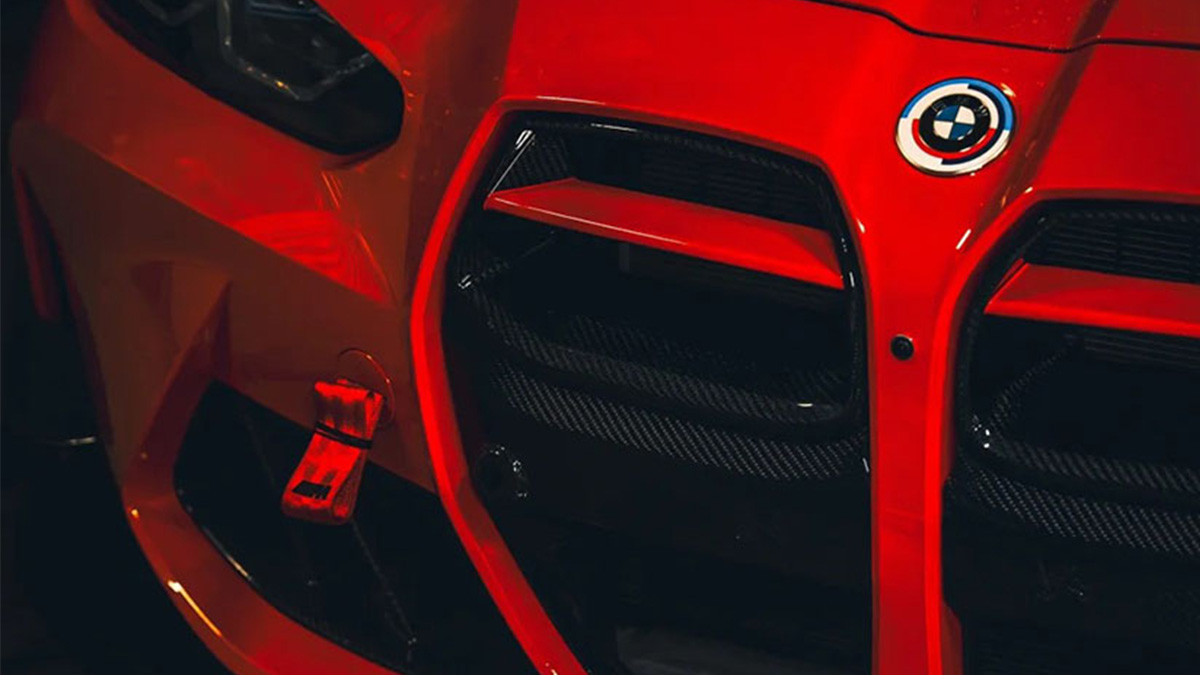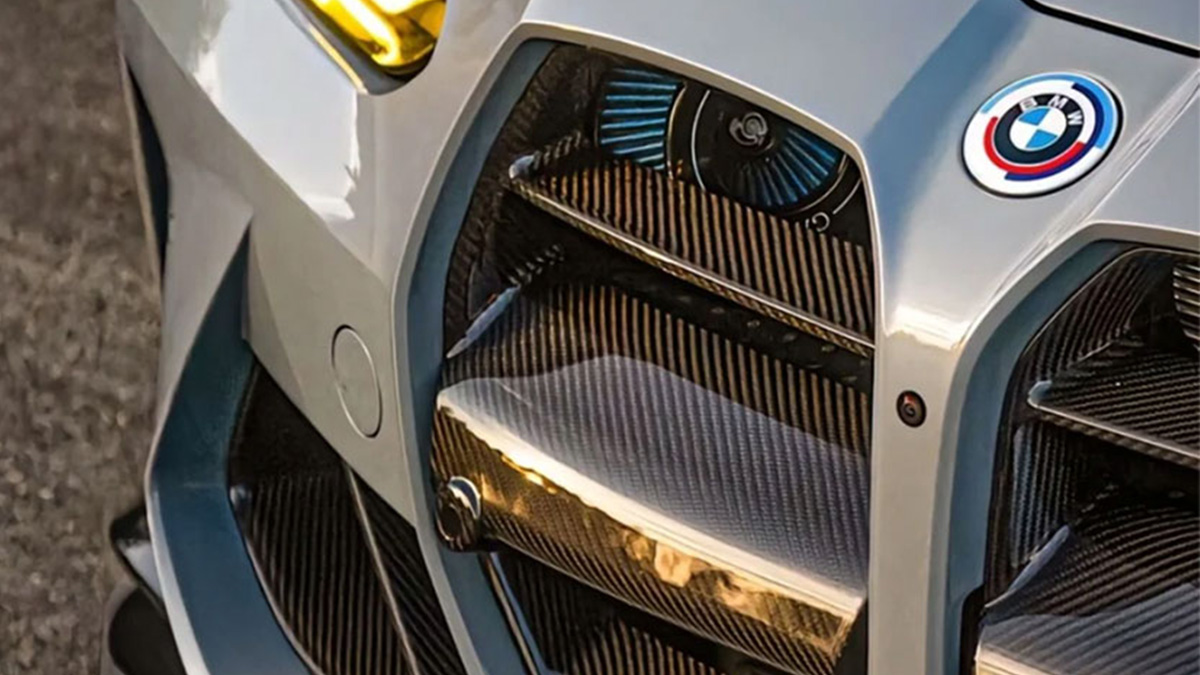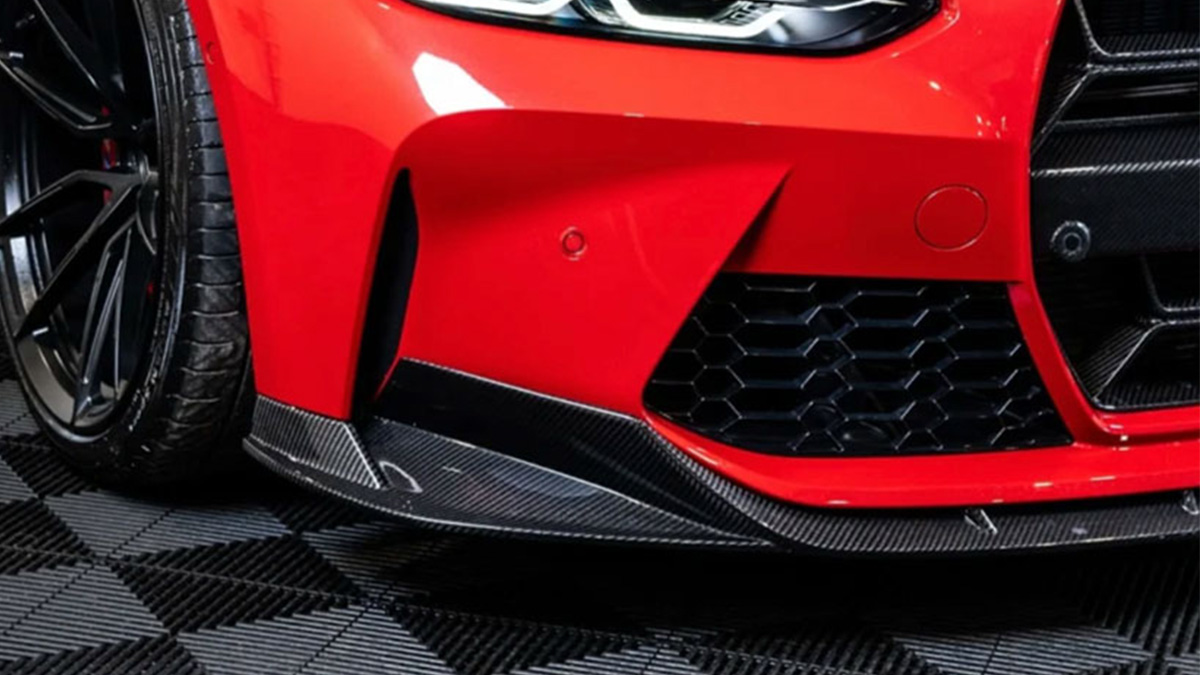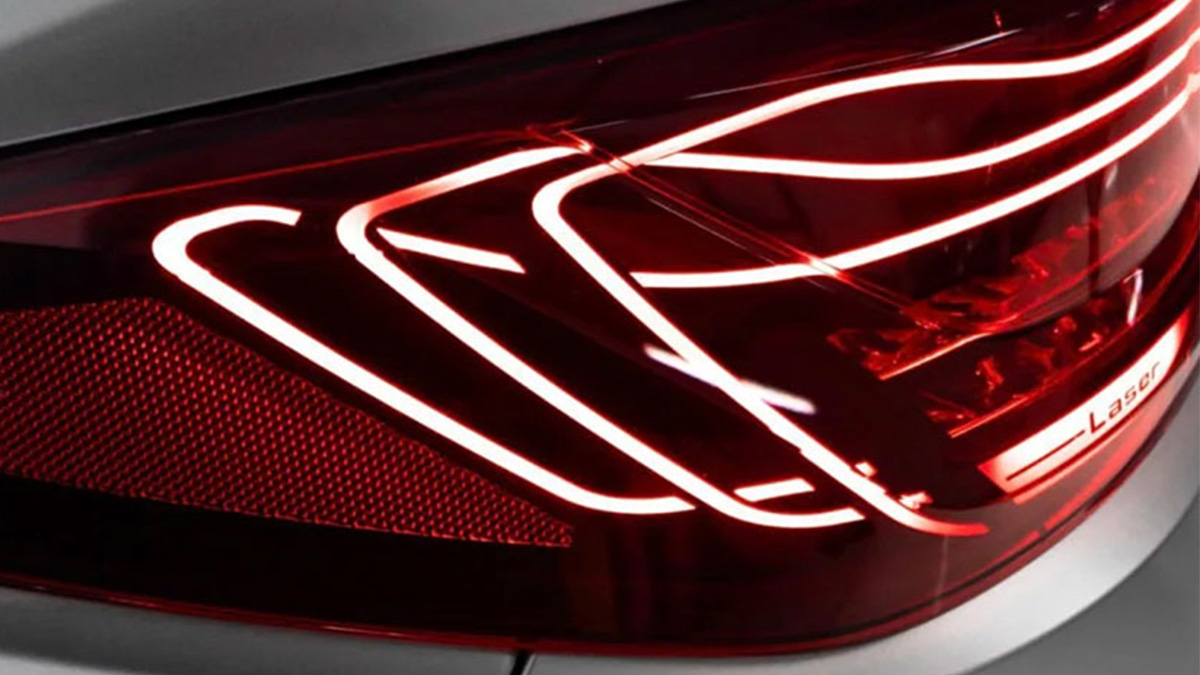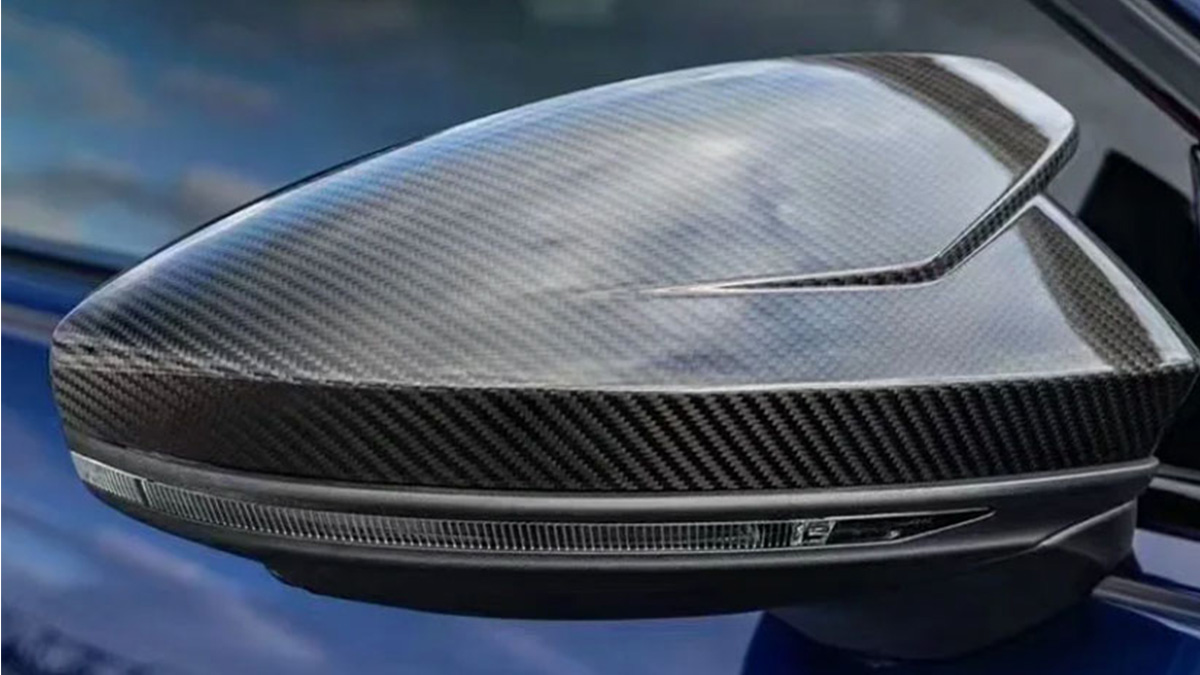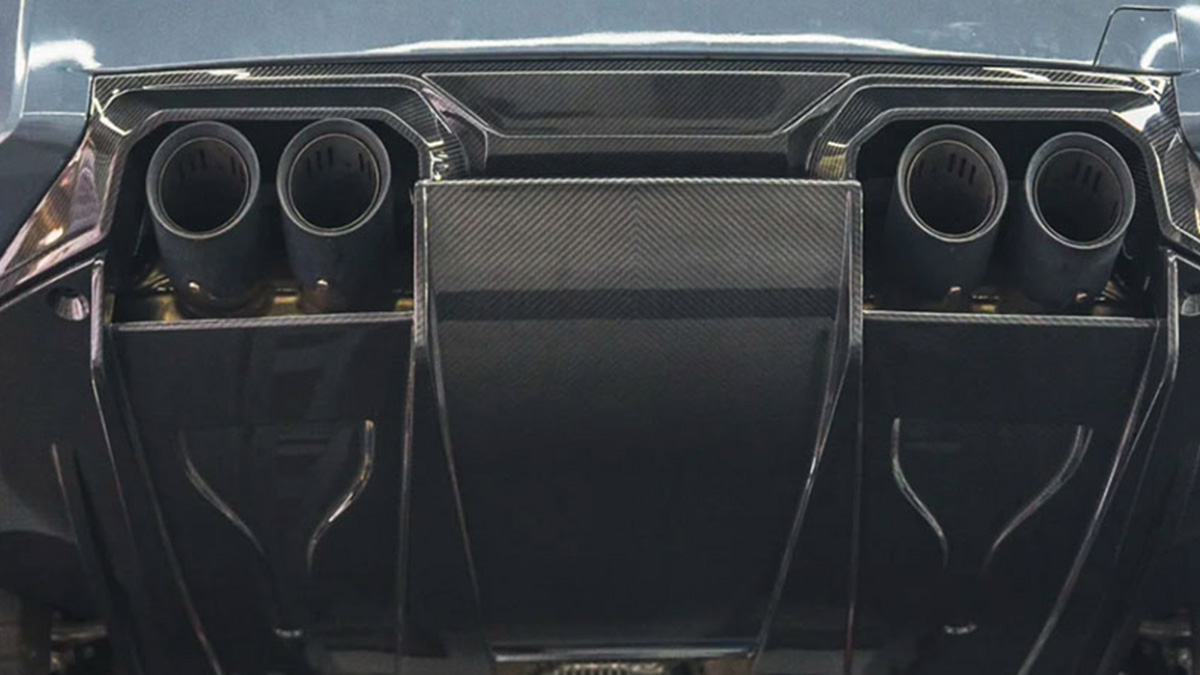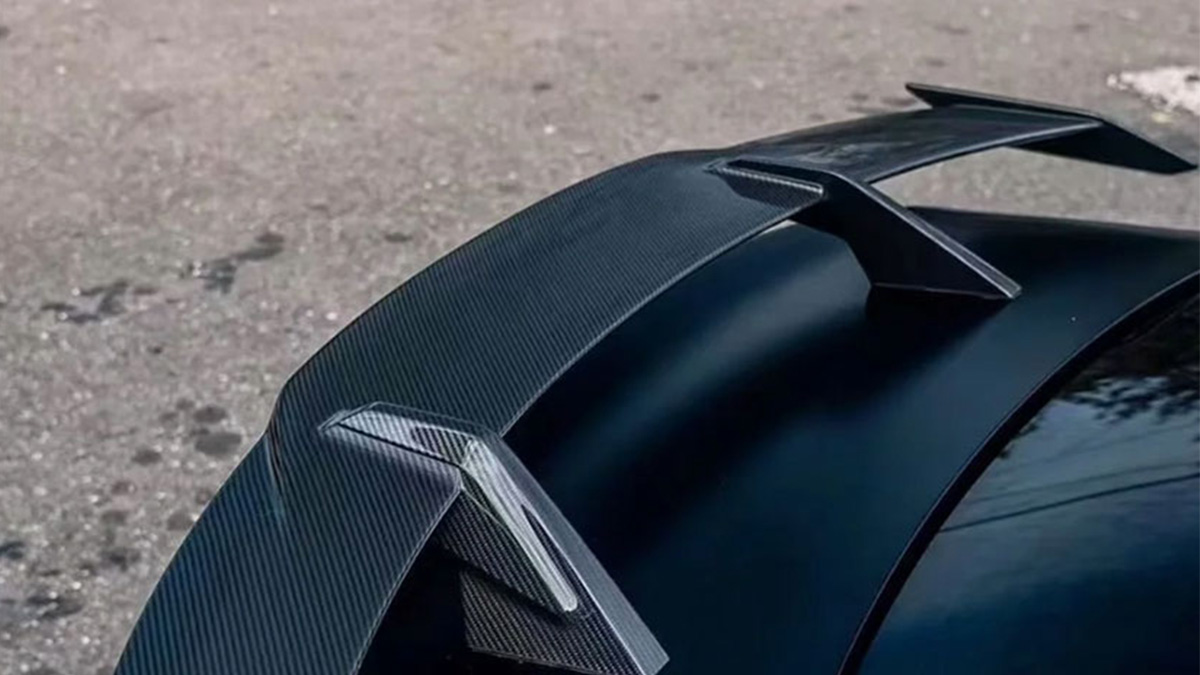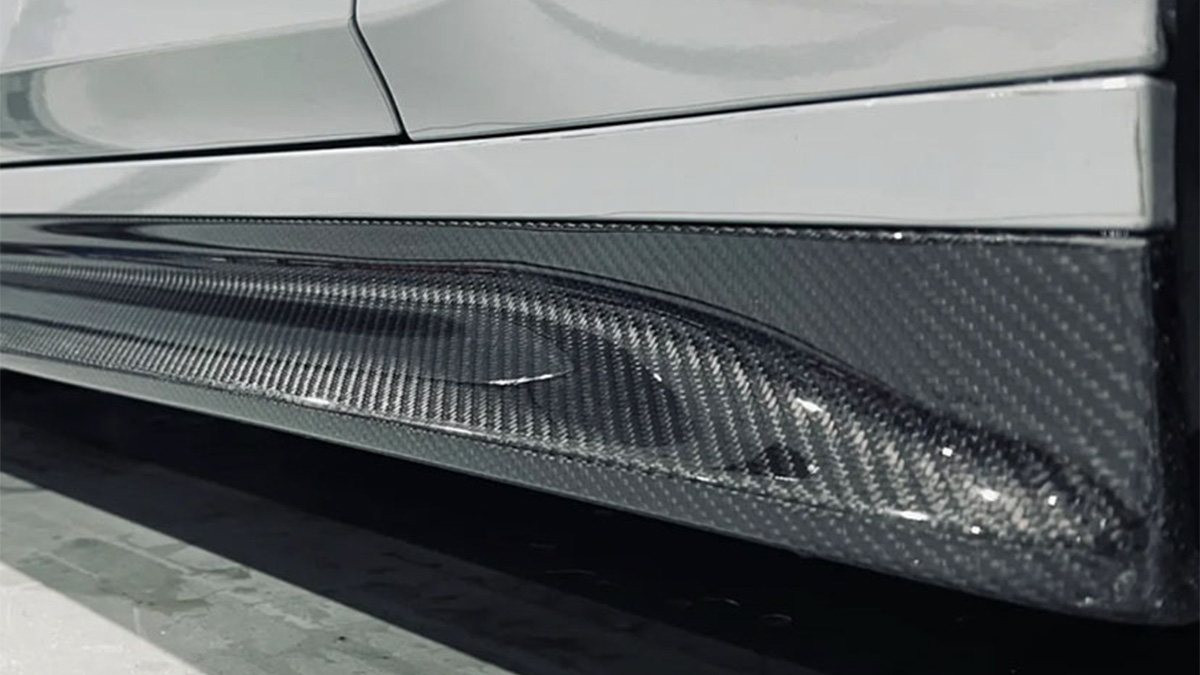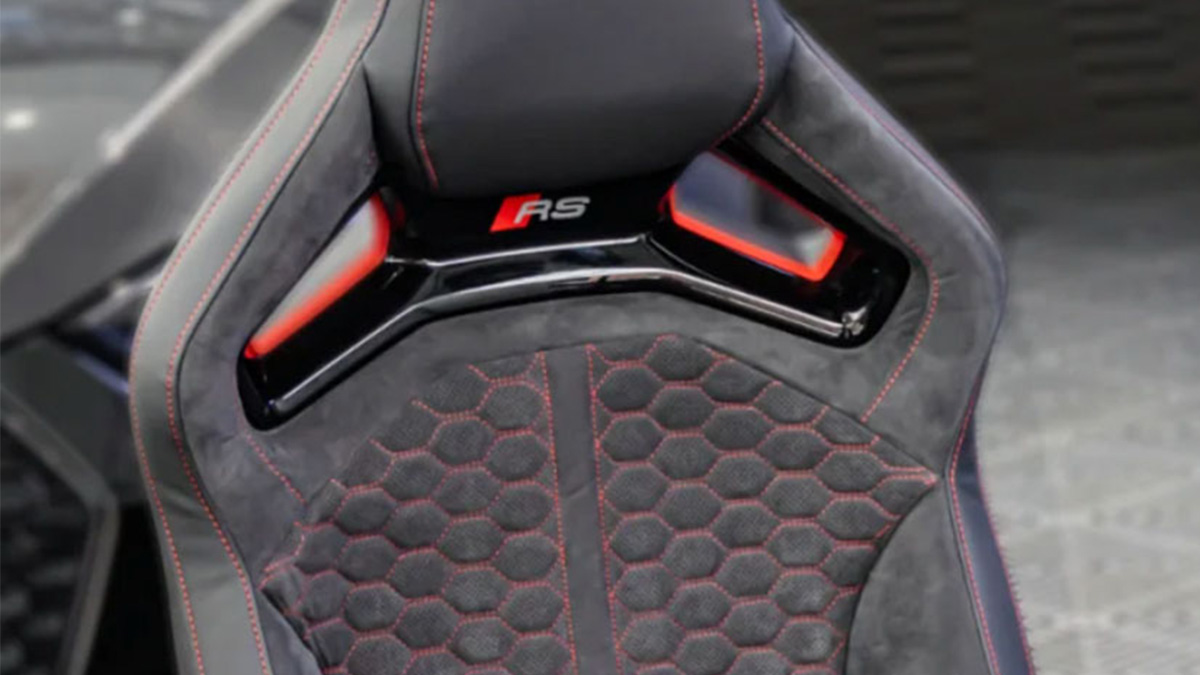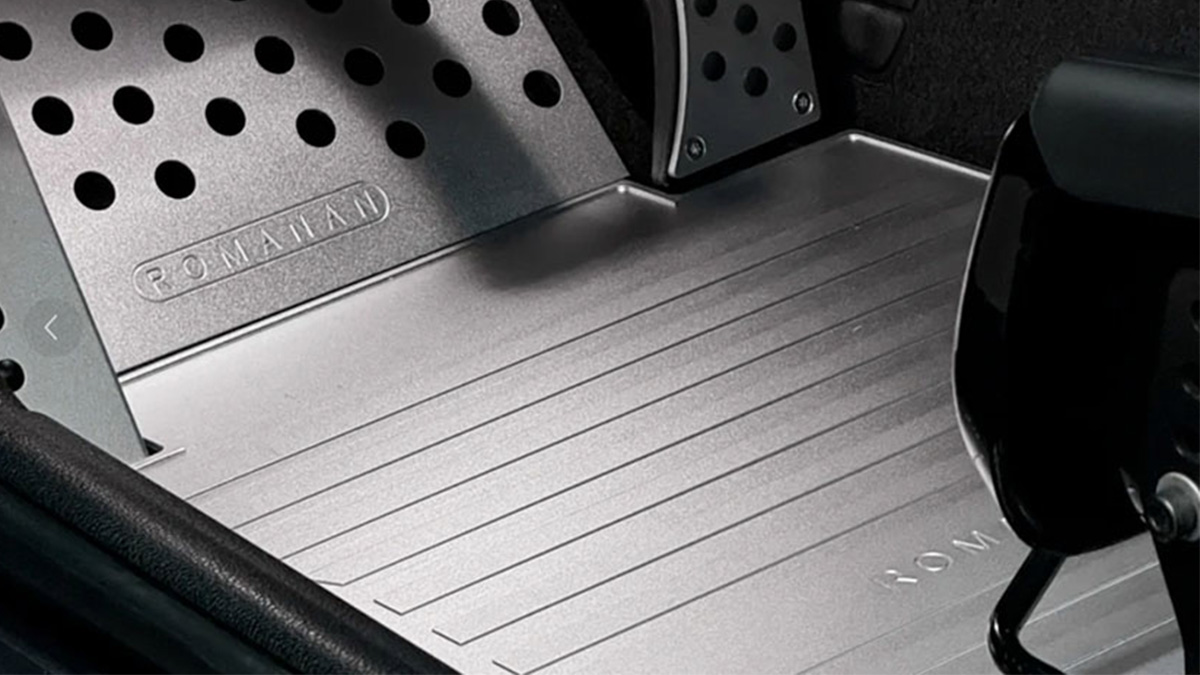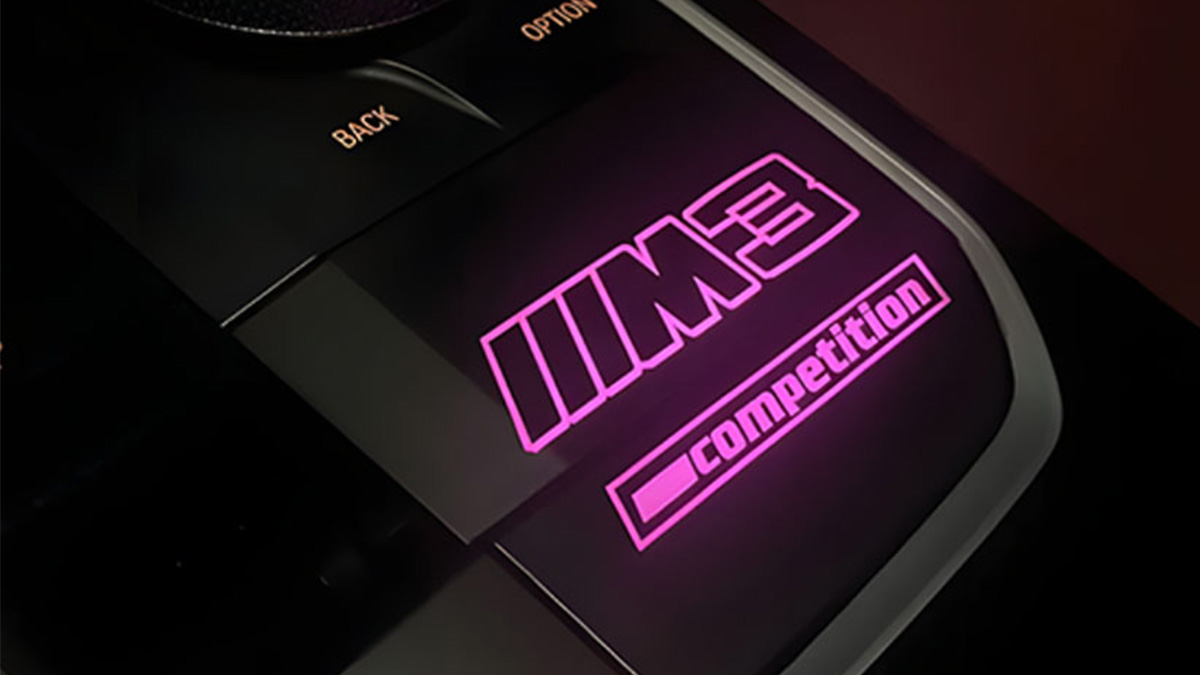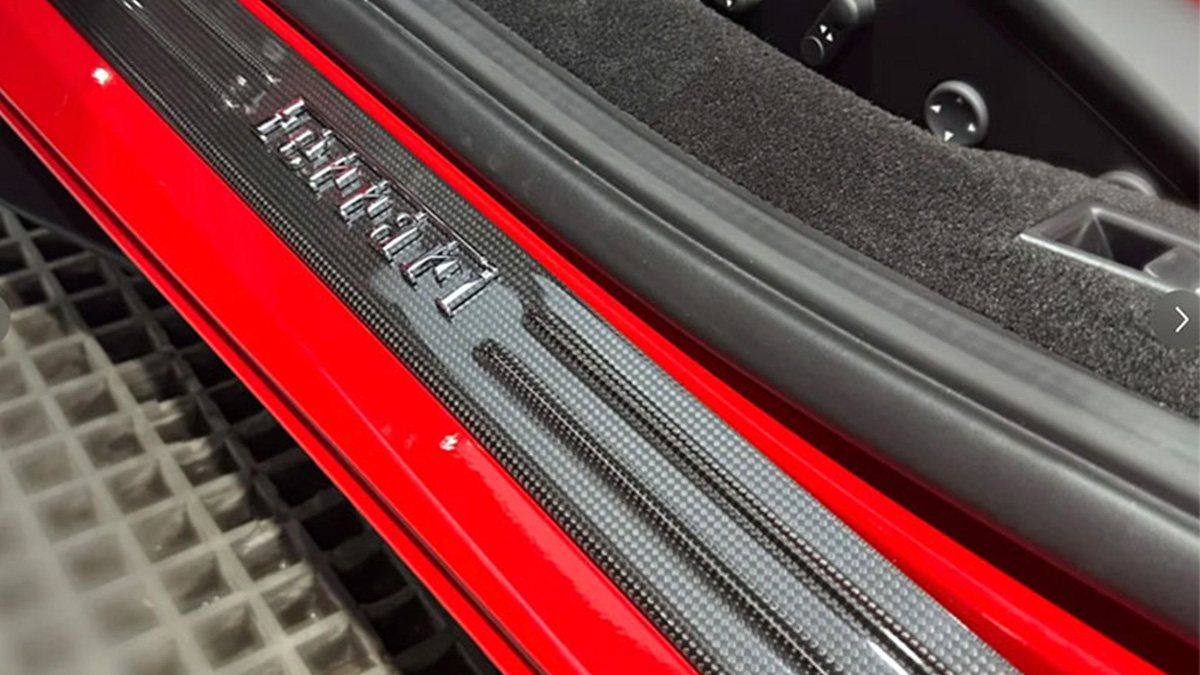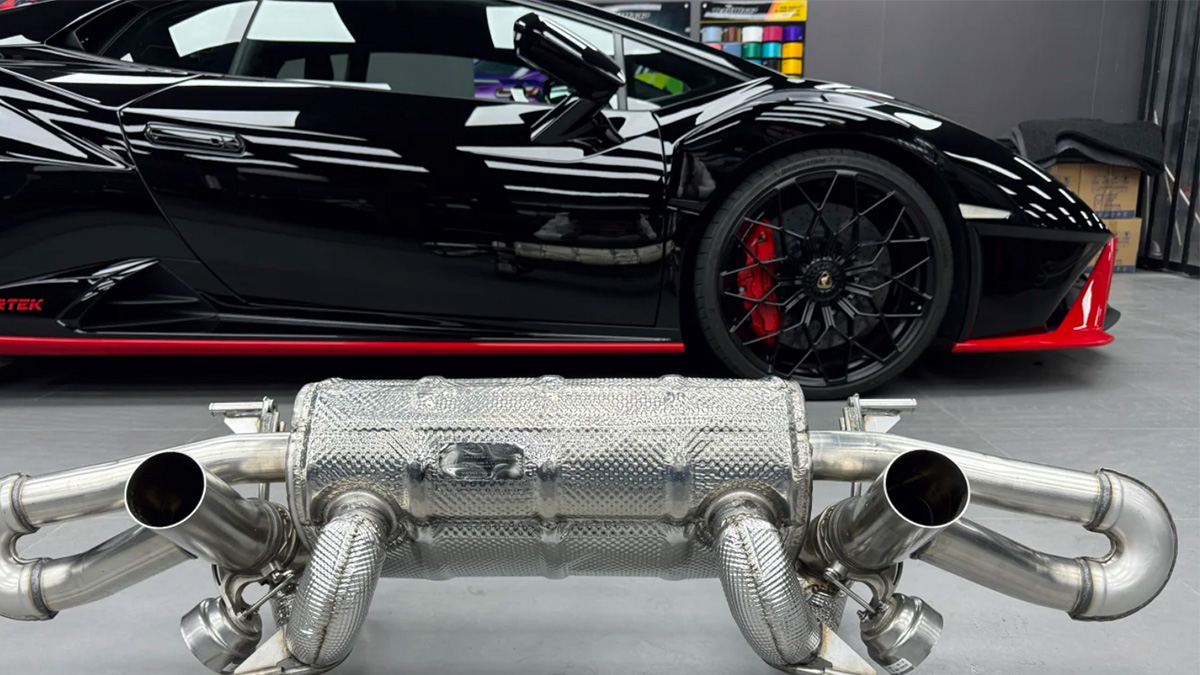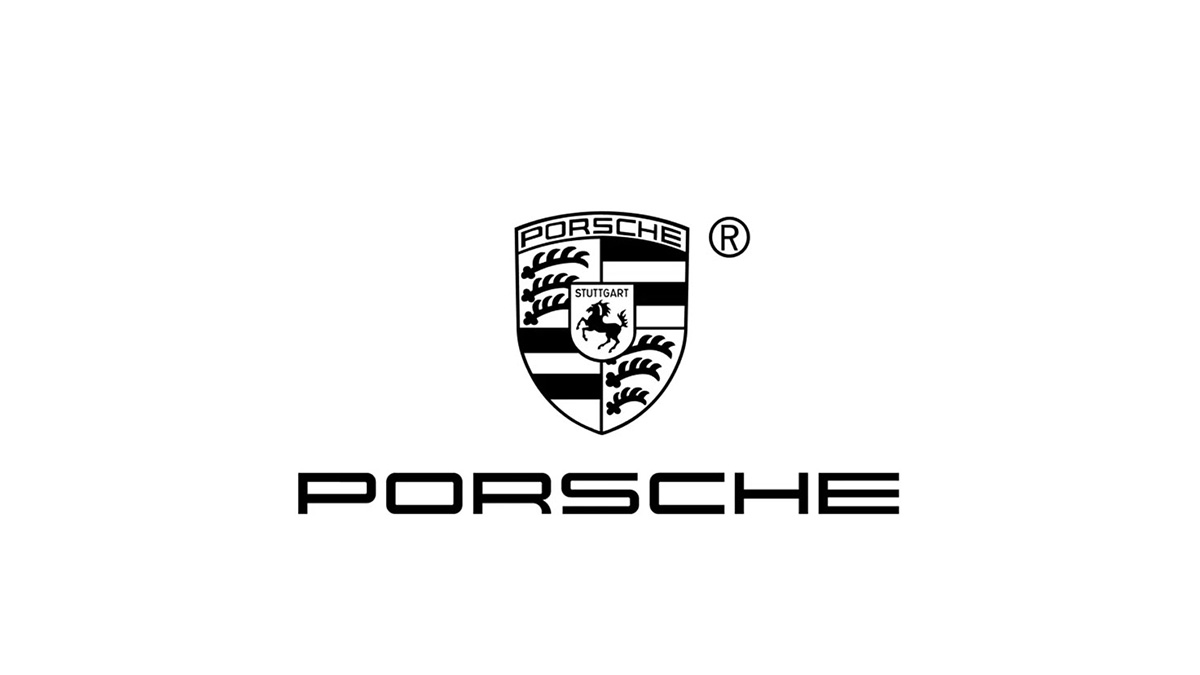The Mercedes-Benz R-Class W251: From Concept to Legacy

The Mercedes-Benz R-Class W251 redefined the concept of a luxury MPV by blending the versatility of an estate car, the spaciousness of an MPV, and the ruggedness of an SUV. Introduced in 2005, it stood out with its innovative design and unique features, such as a distinctive roofline and a 4-wheel-drive system. The vehicle’s evolution included key milestones, from the unveiling of the Vision Grand Sports Tourer concept in 2002 to its discontinuation in 2012. Despite market challenges, the R-Class left a lasting legacy as a bold experiment in automotive design.
Key Takeaways
The Mercedes-Benz R-Class W251 mixed features of SUVs, vans, and station wagons, making it a special luxury car.
Even with its smart design and cool technology, the R-Class didn’t sell well because people preferred SUVs more.
The R-Class brought new safety tools and designs that shaped future Mercedes cars and set trends for fancy vans.
Fans like the R-Class for its roomy inside, strong engines, and high-tech features, making it popular as a used car.
The R-Class shows how Mercedes focuses on new ideas and its role in changing luxury cars.
The Vision Behind the Mercedes R-Class
The Vision GST Concept
Origins and design philosophy
The origins of the Mercedes R-Class trace back to the early 2000s when the brand sought to redefine the boundaries of automotive design. The goal was to create a vehicle that combined luxury, practicality, and driver-oriented features. This vision materialized in the form of the Vision Grand Sports Tourer (GST) Concept, unveiled in 2004. The concept embodied Mercedes-Benz’s ambition to merge the characteristics of SUVs, MPVs, and estate cars into a single, versatile model.
“In producing the R-Class, we are the first manufacturer to create a visual association between the concepts of space, dynamism, emotion and speed,” explains Professor h.c. Peter Pfeiffer, Head of Design at the Mercedes-Benz Technology Center.
The Vision GST Concept showcased a bold design philosophy that emphasized spaciousness, comfort, and innovation. It was designed for modern-minded individuals who valued recreation and versatility. The concept’s success laid the foundation for the production model, the R-Class W251, which debuted as the Vision R in 2005.
Transition to the R-Class W251
The Vision GST Concept directly influenced the development of the R-Class W251. Mercedes-Benz aimed to expand its brand into new market segments by creating a vehicle that appealed to families, business users, and luxury car enthusiasts. The R-Class W251 retained the core elements of the Vision GST, including its spacious interior, dynamic design, and all-wheel-drive capabilities. This transition marked a significant step in Mercedes’ history, as the R-Class sought to blend the best features of multiple vehicle categories.
Market Positioning
Target audience
The Mercedes R-Class targeted customers who sought a unique combination of luxury, practicality, and versatility. It appealed to families and business users who valued spaciousness and comfort. The vehicle’s design offered the luxury of the S-Class while incorporating the robust all-wheel-drive properties of SUVs. This made it a desirable option for those who needed a car that could cater to both personal and professional needs.
The “Grand Sports Tourer” concept
The “Grand Sports Tourer” concept played a pivotal role in shaping the identity of the R-Class. It represented Mercedes-Benz’s ambition to create a versatile vehicle that could appeal to various market segments. The R-Class embodied this vision by combining the spaciousness of an MPV, the luxury of a high-end sedan, and the ruggedness of an SUV. Although the final production model faced challenges in sales and consumer acceptance, the concept highlighted Mercedes’ innovative approach to automotive design.
Evolution of the Mercedes R-Class W251

Initial Launch (2005-2006)
Key features and design
The Mercedes R-Class W251 debuted in 2005, showcasing a groundbreaking approach to automotive design. Its innovative features included:
A distinctive SUV-inspired silhouette with a sleek, coupé-like roofline.
A louvred radiator grille that emphasized width and power.
High adaptability, offering up to 2,385 liters of load capacity in the long-wheelbase version.
A standard 4MATIC all-wheel-drive system paired with a 7G-TRONIC seven-speed automatic transmission.
Comprehensive safety systems, such as adaptive front airbags and the PRE-SAFE® system.
The W251 combined athletic aesthetics with practicality, aiming to redefine the luxury MPV segment.
Market reception
Despite its ambitious design, the Mercedes R-Class faced challenges in the market. Mercedes projected annual sales of 50,000 units, but actual figures fell short. In the US, the vehicle struggled to gain traction. In the UK, Autocar praised the interior but criticized the driving experience. German buyers showed limited interest, with only 4,500 units sold in 2006. Confusing marketing and a shift toward SUVs and crossovers further hindered its success.
Mid-Cycle Updates (2010 Facelift)
Design and technology improvements
The 2010 facelift introduced significant changes to align the R-Class with Mercedes’ evolving aesthetic. Updates included:
A vertical front design with a new grille, lights, and lower fascia.
Redesigned rear tail lights and integrated exhaust pipes for a modern look.
A faux diffuser and trapezoidal exhaust tips replaced the earlier round ones.
Minor interior updates, such as redesigned rear seat headrests and an updated instrument cluster.
These changes enhanced the vehicle’s appeal, giving it a more contemporary and cohesive design.
New engine options
The facelift also brought new engine options to the lineup. A 5.5-liter V8 motor was introduced, alongside a smaller 3.0-liter V6 available in both petrol and diesel variants. These additions aimed to broaden the R-Class’s appeal and improve its performance credentials.
Notable Variants
R 350 and R 320 CDI
The R 350 and R 320 CDI stood out as popular variants of the Mercedes R-Class. The R 350 featured a gasoline V6 engine delivering 268 HP and 258 lb-ft of torque. The R 320 CDI, equipped with a 3.0-liter turbo diesel V6, produced 215 HP and 398 lb-ft of torque. The diesel variant offered better fuel efficiency, achieving 21 mpg in the city and 28 mpg on the highway, making it a practical choice for long-distance travel.
The high-performance R 63 AMG
The R 63 AMG represented the pinnacle of performance within the R-Class lineup. Powered by a 6.3-liter AMG V8 engine, it delivered 510 HP and 630 Nm of torque. It accelerated from 0 to 100 km/h in just 5.0 seconds (short wheelbase) and featured a top speed of 250 km/h. The AMG variant included unique styling elements, such as 20-inch AMG light-alloy wheels, twin chrome-plated tailpipes, and dark-tinted rear lights. Inside, it offered AMG sports seats, nappa leather upholstery, and an ergonomic sports steering wheel, blending luxury with high-performance engineering.
Market Performance and Challenges of the R-Class
Sales Trends
Initial success and decline
The Mercedes R-Class W251 experienced a mixed sales trajectory throughout its production years. Initial sales in 2005 were modest, with only 4,959 units sold in the US. However, 2006 marked a peak, with 18,168 units sold in the US and 11,740 units in Europe. Despite this early success, sales began to decline steadily. By 2012, US sales had dropped to just 1,636 units, and by 2015, only four units were sold. This decline reflected the challenges the R-Class faced in maintaining its appeal over time.
Regional differences
Sales performance varied significantly across regions. The US remained the largest market for the R-Class, accounting for the majority of its sales. In Germany, sales peaked at 4,449 units in 2006 but declined sharply in subsequent years. European sales followed a similar pattern, with a high of 11,740 units in 2006 before tapering off. These regional differences highlighted the R-Class’s struggle to establish a consistent global presence.
Year | US Sales | Germany Sales | Europe Sales |
|---|---|---|---|
2005 | 4,959 | 159 | 226 |
2006 | 18,168 | 4,449 | 11,740 |
2007 | 13,031 | 3,967 | 10,735 |
2008 | 7,733 | 3,065 | 7,960 |
2009 | 2,825 | 1,529 | 4,042 |
2010 | 2,937 | 1,679 | 3,507 |
2011 | 2,385 | 2,161 | 4,422 |
2012 | 1,636 | 1,242 | 2,607 |
2013 | 30 | 429 | 1,133 |
2014 | 8 | N/A | 29 |
2015 | 4 | N/A | 8 |
Challenges in the Market
Identity crisis as an MPV
The Mercedes R-Class faced significant challenges in defining its identity. Marketing strategies failed to clearly position the vehicle, leaving consumers confused about its purpose. While it offered high quality and luxury, it struggled to differentiate itself from competitors like the Chrysler Pacifica. Shifting consumer preferences toward SUVs and crossovers further complicated its position. Economic factors, such as the Great Recession and rising fuel prices, also reduced its appeal due to its relatively high fuel consumption.
Competition with SUVs and crossovers
The rise of SUVs and crossovers during the late 2000s and 2010s posed a major challenge for the R-Class. Consumers increasingly favored these vehicles for their practicality and modern design. The R-Class, despite its innovative features, could not compete with the growing popularity of models like the BMW X5 and Audi Q7. This shift in consumer preferences significantly impacted its sales and market relevance.
Efforts to Boost Sales
Marketing strategies
Mercedes employed various marketing strategies to boost the R-Class’s appeal. Initially, it was positioned as a “Sports Cruiser,” combining elements of a station wagon, crossover, SUV, and van. Later, it was rebranded as a “Family Tourer” to target a broader audience. Despite these efforts, consumer confusion and shifting market trends limited the effectiveness of these campaigns.
Adjustments to the lineup
To address declining sales, Mercedes made several adjustments to the R-Class lineup. The introduction of the high-performance R 63 AMG and the fuel-efficient R 320 CDI aimed to cater to diverse customer needs. Additionally, the 2010 facelift brought design changes and new engine options to refresh the model. However, these efforts could not reverse the overall downward sales trend.
Legacy of the Mercedes R-Class W251

Reasons for Discontinuation
Declining sales
The Mercedes R-Class W251 faced a steady decline in sales throughout its production years. In 2006, only 4,500 units were sold in Germany, and by 2013, global sales had dropped to fewer than 500 units. This poor performance stemmed from several factors, including confusing marketing strategies that failed to clearly define the vehicle’s category. The R-Class struggled to resonate with its intended audience, leading to dwindling interest over time.
Shift in consumer preferences
The late 2000s and early 2010s saw a significant shift in consumer preferences. Buyers increasingly favored crossovers (CUVs) and SUVs over MPVs like the R-Class. The economic downturn during the Great Recession further compounded this issue. Rising fuel prices and reduced consumer confidence made the R-Class, with its relatively high fuel consumption, less appealing. These factors ultimately led to its discontinuation in 2012.
Impact on the Automotive Industry
Influence on future Mercedes models
The R-Class introduced a new design language that blended elements from SUVs and saloons. This approach emphasized comfort and versatility, influencing subsequent Mercedes models. Features like the interplay between lines and surfaces and the distinctive roofline set a precedent for future designs. The R-Class also showcased Mercedes’ innovative approach by combining characteristics from sport saloons and SUVs, shaping how future luxury vehicles were conceptualized.
Role in the evolution of luxury MPVs
The R-Class redefined the luxury MPV segment by merging spaciousness and versatility with high-end features. It introduced advanced safety technologies like DISTRONIC proximity control and AIRMATIC air suspension, enhancing ride comfort and safety. Its diverse model range and high resale value established it as a leader in the market. The R-Class demonstrated how a luxury vehicle could cater to both family and business needs, setting a benchmark for future MPVs.
Enthusiast Appeal
Collectibility and unique features
The Mercedes R-Class W251 remains a sought-after model in the used car market. Its long wheelbase of 3,215 mm provides a spacious cabin, rivaling even the S-Class. Enthusiasts appreciate its powerful engine options, such as the 272-horsepower 3.5-liter V6 and the 306-horsepower 5.0-liter V8. Advanced features like AIRMATIC DC air suspension enhance comfort and handling, making it a unique blend of luxury and utility.
Retrospective appreciation
Over time, the R-Class has gained retrospective appreciation for its innovative design and adaptability. Its touring SUV concept catered to modern lifestyles, offering a load capacity of up to 2,385 liters in the long-wheelbase version. The 4MATIC all-wheel-drive system and 7G-TRONIC seven-speed automatic transmission contributed to its dynamic driving experience. These qualities make the R-Class a standout choice for those seeking a luxury people-mover with state-of-the-art technologies.
The Mercedes-Benz R-Class W251 represents a fascinating chapter in automotive history. Introduced with ambitious goals, it aimed to sell 50,000 units annually but fell short due to market challenges. Critics often described it as a “jack of all trades; master of none,” highlighting its struggle to find a clear niche. Despite these setbacks, the R-Class showcased Mercedes’ innovative spirit, blending the features of an SUV, MPV, and estate car into one vehicle.
Its unique design and advanced technology set new standards for luxury and practicality. The R-Class remains a bold experiment, remembered as the world’s first luxurious MPV. While it faced declining sales and shifting consumer preferences, its spacious interior and high-quality build continue to attract enthusiasts. For those looking to buy Mercedes R-Class models today, it offers a blend of comfort and versatility that still holds value.
The R-Class leaves a lasting legacy as a symbol of Mercedes’ commitment to pushing boundaries in car design. Its influence on future models and its role in redefining the luxury MPV segment ensure its place in automotive history.

